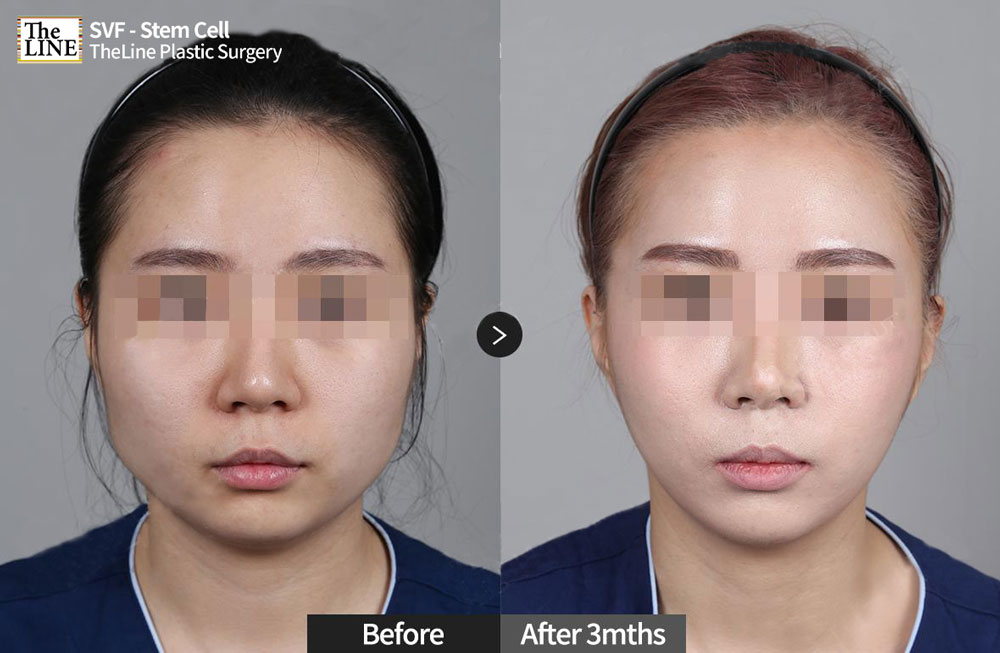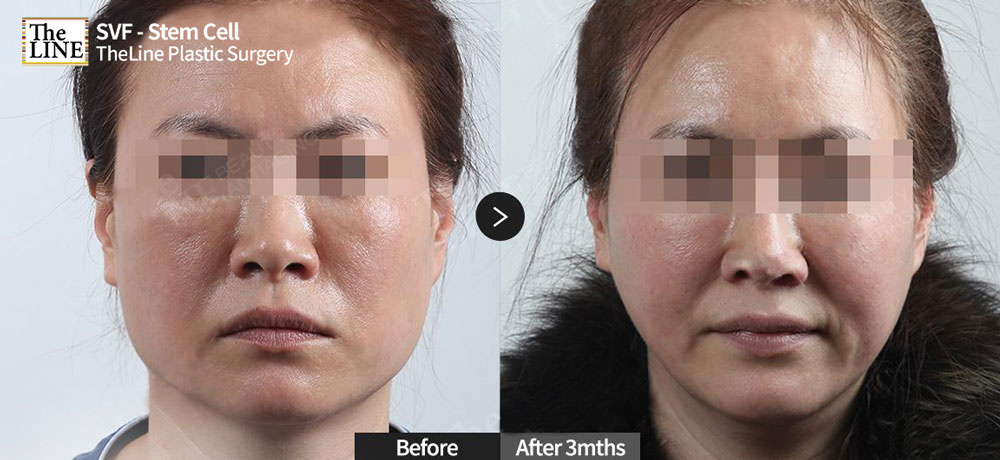
3D Square-Jaw Surgery makes small and slim face line at from every angle including a 45° angle, lateral, front and back. Mandible angle resection not only removes protruded mandible angle, but it forms safe and beautiful facial contouring considering the ratio and harmony of the whole face.
Our Approaches to Jaw Surgery
The approaches to jaw surgery adopted by the Line Clinic are :
The surgery-first approach involves no preoperative treatment because the alignment and position of the patient’s teeth is already ideal for surgery – it is necessary to correct the alignment of the teeth before correct the position of the jaw. The surgery is done to correct the position of the jaw only. The total treatment time is shortened because there is no need to align the teeth through preoperative orthodontic treatment which usually lasts 1 to 2 years.
Following corrective surgery on the jaw, they may require postoperative orthodontic treatment like using retainers.
In the conventional method, the patient’s teeth is not aligned properly thus they are first made to undergo orthodontic preoperative treatment. The preoperative treatment which usually lasts 1-2 years is meant to realign the patient’s teeth in preparation for corrective jaw surgery.
Generally, the conventional method takes longer time than the surgery-first approach. In this method also, the patient may or may not be required to undergo postoperative surgery depending on the outcome of the process.
This approach combines the processes of the conventional method and the surgery-first method. The differences being that the preoperative orthodontic treatment is done for a shorter period and postoperative orthodontic treatment is required.
In this method, the patient has only a slight tooth misalignment thus preoperative treatment is done for 3-4 months before corrective jaw surgery and after the surgery, the patient undergoes scheduled postoperative treatment.

Procedures Used In Corrective Korean Jaw Surgery
Lower Jaw Surgery
A chisel is inserted in the cuts to separate the left mandible and the right mandible. All cuts must be made to extend to the middle of the bone where the bone marrow is. Following attachment of the chisel, the mandible may then be moved anteriorly or posteriorly. If the mandible is to be moved posteriorly, space must be provided for it to move in. The SSRO amends mandibular under-bite and overbite.
This procedure is used for shortening the posterior ramus, rotate the mandible but does not work for advancing the mandible or lengthening the ramus. In VRO, the osteotomy made to the rami are of full thickness.
Upper Jaw Surgery
In cases where the jawbone is to be made longer, bone may be added to it through a process called bone grafting. However, if the jawbone is to be made shorter, bone may be removed from it. The jawbone is then moved to its new position ad fastened permanently with titanium screws and plates. The final position of the jawbone is decided before the surgery is done. When the bones heal and fuse together, the strength of the jawbone returns to normal.
What good does Jaw Surgery do?
In recent times, there has been a rise in the popularity of Korean jaw surgery (especially the double jaw surgery) and the process is considered to be generally safe when performed by experienced oral & maxillofacial surgeon in conjunction with an orthodontist.

